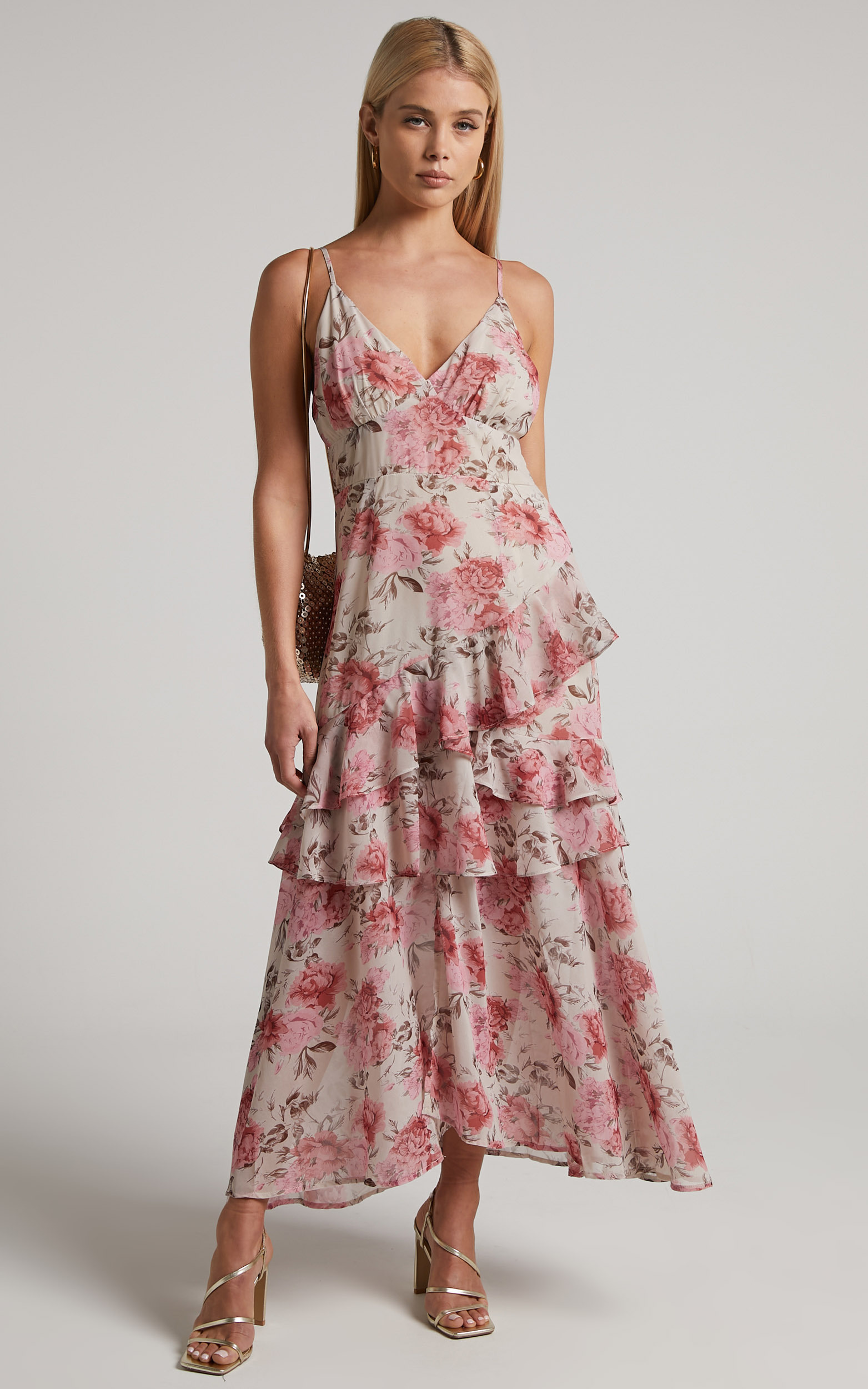The world of fashion is a rich tapestry of cultural influences, historical moments, and evolving trends. Among the myriad design motifs that have emerged and transformed over centuries, palm leaf patterns hold a special place. These motifs, often associated with tropical aesthetics and laid-back vibes, have transcended their geographical roots to become a timeless symbol in fashion. This article delves into the history and evolution of palm leaf patterns in fashion, tracing their origins and examining their impact on contemporary design.
Origins: The Cultural Significance of Palm Leaves

Palm leaves have long been revered across various cultures for their versatility and symbolism. In many tropical regions, they are used for practical purposes—providing shelter, creating textiles, and serving as materials for crafts. The significance of palm leaves extends beyond their utility; they are often associated with themes of peace, hospitality, and abundance.
- Historical Context: In ancient Egypt, palm fronds were used in religious ceremonies and were symbolic of triumph. The palm tree is even mentioned in various texts, representing victory and eternal life.
- Cultural Symbolism: In Hinduism, palm leaves are used in sacred scripts and rituals, often signifying wisdom and knowledge.
- Tropical Aesthetics: The prevalence of palm trees in tropical regions has made them a natural symbol of paradise, influencing art, architecture, and fashion.
The Emergence of Palm Leaf Patterns in Fashion
The incorporation of palm leaf patterns into fashion can be traced back to the late 19th and early 20th centuries when travel to exotic locales became more accessible. This period saw a rise in the popularity of tropical motifs, coinciding with the growth of leisure travel and the fascination with the tropics.
The Influence of the Art Deco Movement

The Art Deco movement of the 1920s and 1930s played a pivotal role in popularizing palm leaf patterns in fashion. Characterized by bold geometric shapes and vibrant colors, Art Deco embraced nature-inspired motifs, including palm leaves. Designers began to experiment with these patterns, integrating them into textiles, accessories, and clothing.
- Fashion Icons: Designers like Coco Chanel and Elsa Schiaparelli incorporated tropical themes into their collections, often using palm leaf patterns to evoke a sense of escapism.
- Textile Innovations: Advances in textile printing technology allowed for more intricate designs, bringing lush palm leaf patterns to life on fabrics.
Mid-20th Century: The Rise of Tropical Prints
The mid-20th century marked a significant turning point for palm leaf patterns in fashion. As Hollywood glamorized tropical destinations, the demand for vacation wear surged. Palm leaf motifs became synonymous with leisure and luxury, often featured in resort wear, swimwear, and summer collections.
- Hollywood Influence: Films set in exotic locales showcased actors in vibrant palm-patterned attire, solidifying the association between palm leaves and glamour.
- Iconic Brands: Brands like Tommy Bahama and Hawaiian Tropic began to capitalize on the palm leaf trend, creating clothing that appealed to vacationers and beachgoers.
The Revival of Palm Leaf Patterns in Contemporary Fashion

As fashion is cyclical, the revival of palm leaf patterns in contemporary fashion can be attributed to a growing interest in sustainability and eco-friendly designs. Designers have sought to draw inspiration from nature, and palm leaves have emerged as a symbol of this ethos.
Eco-Conscious Fashion and Sustainability

In recent years, the fashion industry has faced criticism for its environmental impact. As a response, many designers have turned to natural motifs, including palm leaves, to create collections that reflect a commitment to sustainability.
- Materials: Designers are increasingly using organic fabrics and dyes, allowing for the creation of palm leaf patterns without harming the environment.
- Ethical Brands: Brands like Reformation and Mara Hoffman have embraced eco-friendly practices, often featuring palm leaf designs in their collections.
Pop Culture and Social Media Influence
The integration of palm leaf patterns into pop culture and social media has further propelled their popularity. Influencers and celebrities frequently showcase tropical prints, leading to a resurgence in demand for palm leaf-patterned clothing and accessories.
- Instagram Aesthetics: The visually appealing nature of palm leaf patterns has made them a favorite among influencers, who often curate their feeds around tropical motifs.
- Fashion Shows: Major fashion houses, including Versace and Dolce & Gabbana, have embraced palm leaf patterns in their collections, showcasing them on runways and in editorials.
Case Studies: Iconic Palm Leaf Patterns in Fashion

To better understand the significance of palm leaf patterns in fashion, it is essential to explore specific case studies that highlight their impact on design and consumer culture.
Versace’s Jungle Print

One of the most iconic uses of palm leaf patterns in fashion is Versace’s Jungle Print, originally featured in the Spring/Summer 2000 collection. This bold design, which incorporates tropical foliage, was famously worn by Jennifer Lopez at the Grammy Awards and has since become synonymous with the brand.
- Impact: The Jungle Print not only elevated Versace’s status in the fashion world but also sparked a broader trend for bold, nature-inspired prints.
- Legacy: The print has been reimagined in various collections, illustrating the enduring appeal of palm leaf patterns in high fashion.
Hawaiian Shirt Culture
The Hawaiian shirt, often adorned with palm leaf patterns, has become a cultural icon. Initially worn by locals, these shirts gained popularity in mainland America during the mid-20th century.
- Cultural Symbol: The Hawaiian shirt represents leisure and relaxation, making it a staple in casual and vacation wear.
- Modern Adaptations: Contemporary designers have reinterpreted the classic Hawaiian shirt, incorporating innovative fabrics and cuts while retaining the quintessential palm leaf motifs.
Conclusion: The Timeless Allure of Palm Leaf Patterns
The history and evolution of palm leaf patterns in fashion reflect a broader narrative of cultural appreciation, environmental consciousness, and artistic expression. From their ancient origins to their contemporary resurgence, palm leaf motifs have consistently resonated with consumers seeking a connection to nature and a sense of escapism.
As fashion continues to evolve, the enduring appeal of palm leaf patterns serves as a reminder of the beauty found in nature and the importance of sustainability. Whether showcased on the runway or worn casually on a beach vacation, palm leaf patterns undoubtedly remain a timeless symbol of style and elegance, bridging the gap between past and present, tradition and innovation.




